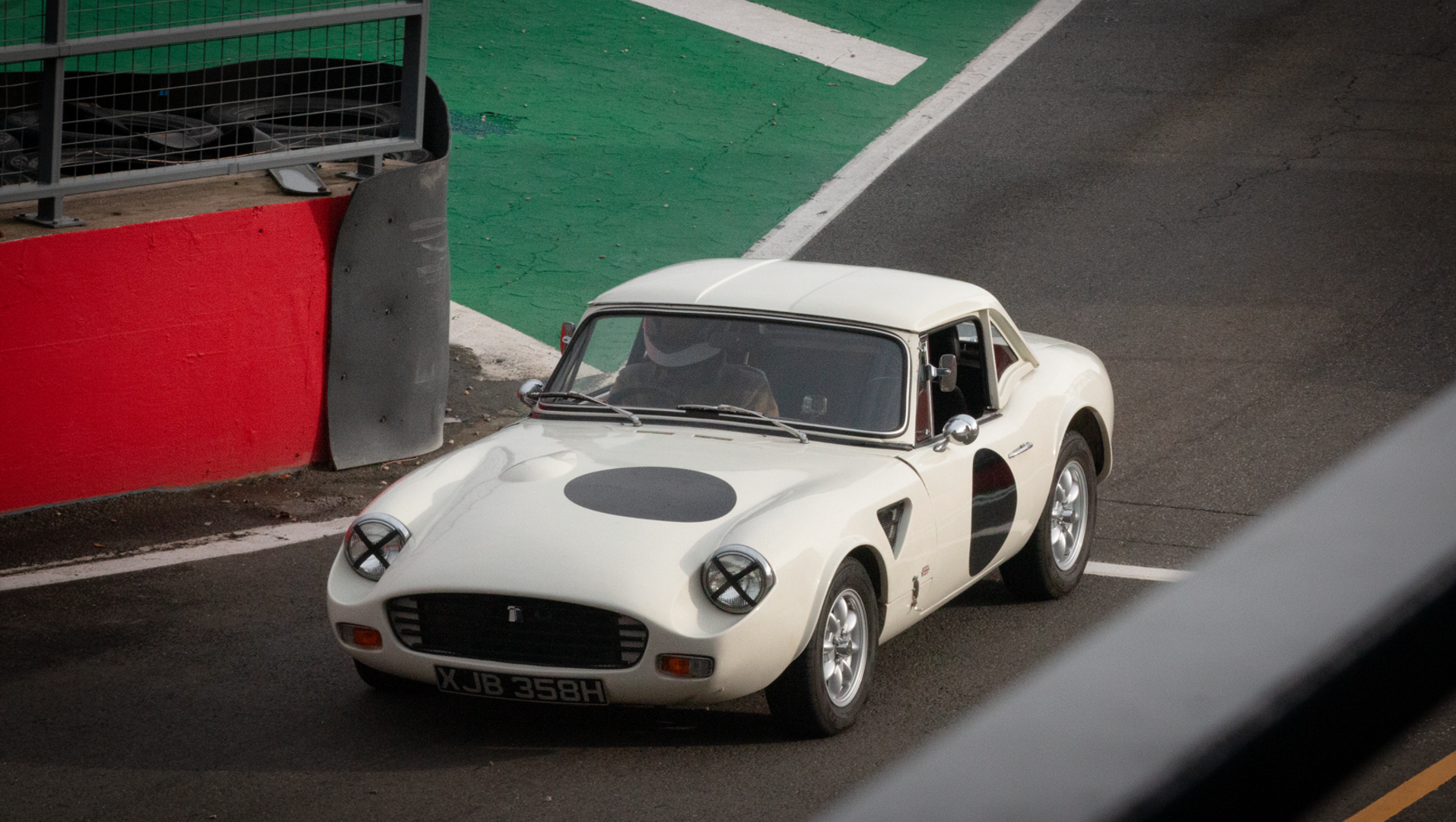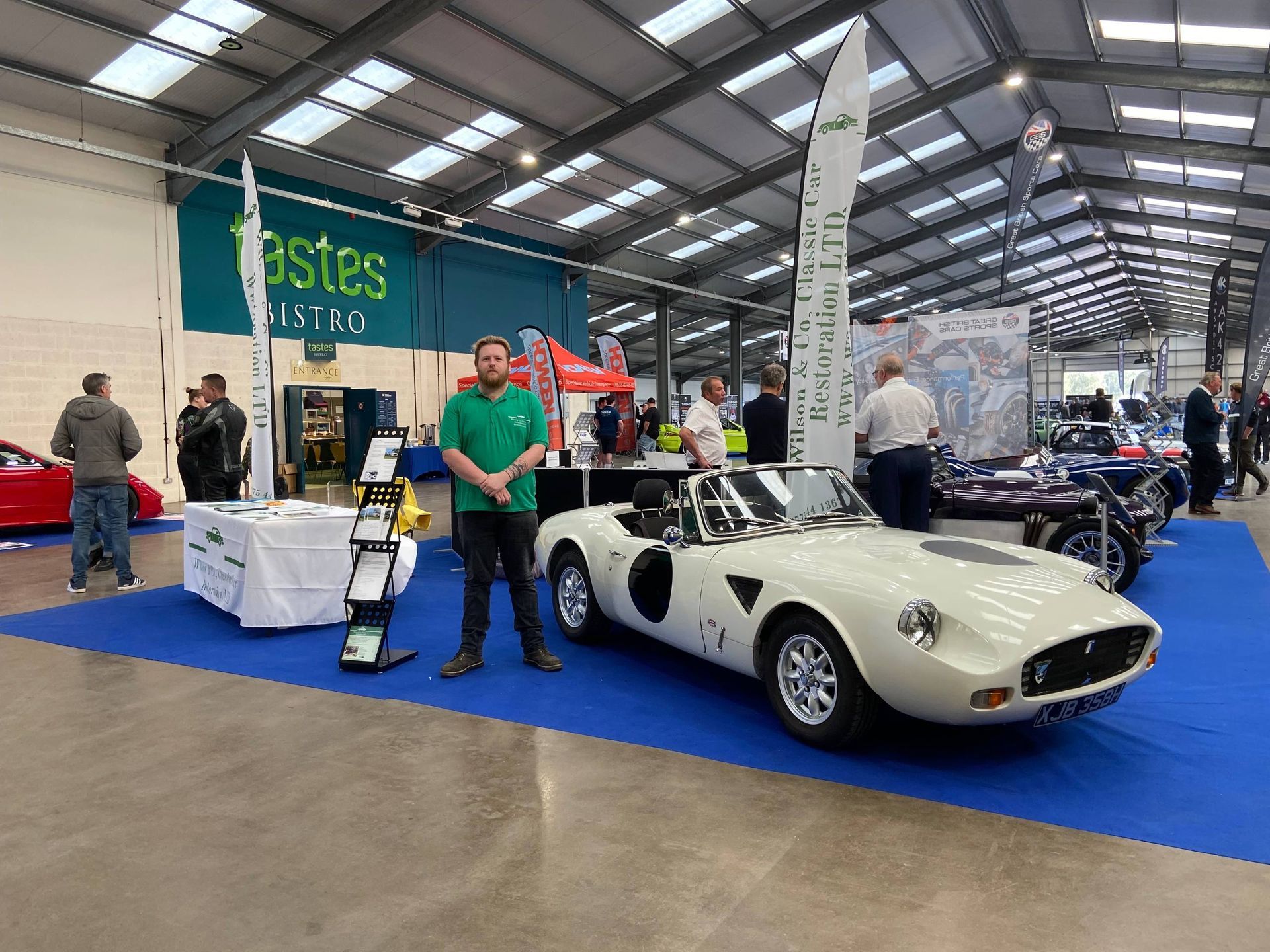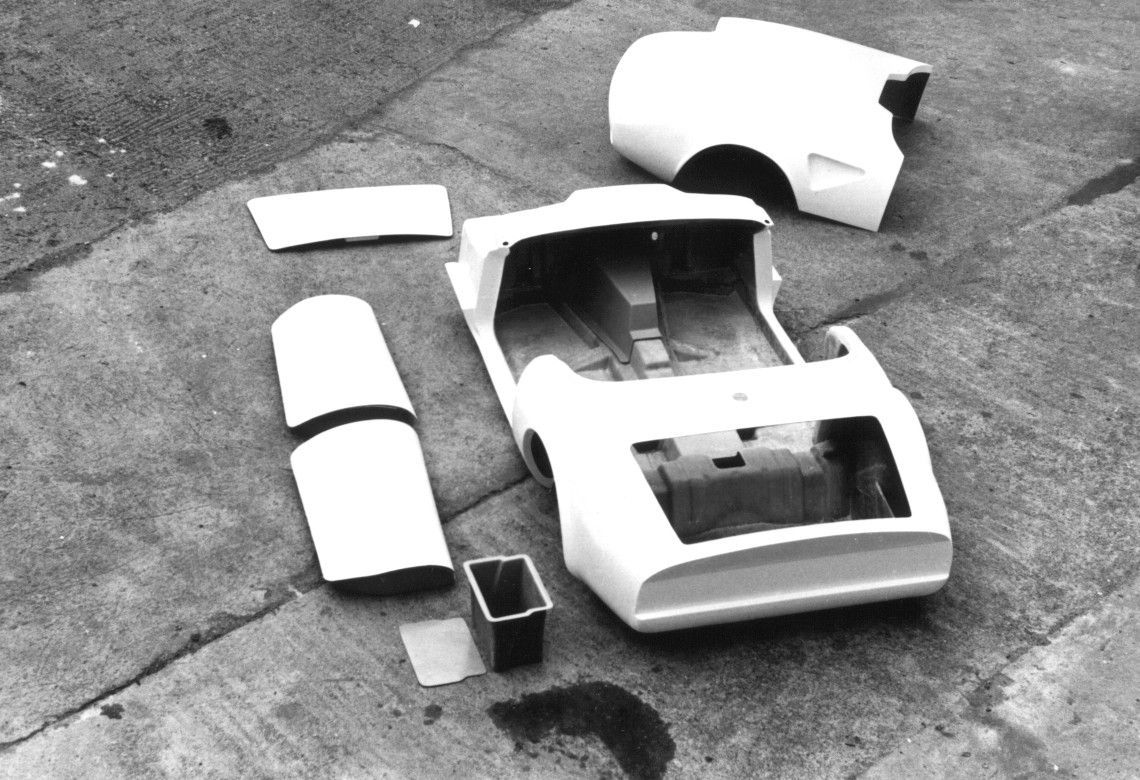THE WACCCR VINCENT HURRICANE
The kit we have for sale today
In Collaboration with Caburn Engineering, Wilson & Co, Classic Car Restoration LTD is proud to be able to supply new Vincent Hurricane: Body's, Kits to build at home and brand-new completed examples by commission from Wilson & Co, Classic Car Restoration LTD
We are also working to soon produce a new updated version of the car to bring to market in the coming years (Codenamed WACCCR Monsoon)
Options available as follows:
Supply of base kit.
Supply of comprehensive kit.
Completed Car - Customer Supplied Donor .
Completed Car - WACCCR Supplied Donor.
Special Performance model (Monsoon).
Full Custom and Bespoke construction.
To place an order and spec your own car, please enquire via email or give us a call to find out more, Contact details can be found at the bottom of this page or on our contact us page.
The Kit
The Hurricane is a direct replacement for the Triumph Spitfire or GT6 Body and fits to the same chassis using the same fittings. It is designed on the same principles as a steel body, with inner and outer wings and sills, but has no rust problems.
The bodyshell is partially stressed and works with the chassis in making a rigid car, much more rigid than the chassis alone, and this helps to give the hurricane excellent roadholding.
The pictures above show the fiberglass parts of the kit, in addition you will also get new door hinges and brackets, a mounting kit and more which can be discussed upon enquiry.
Car Tax and Registration
The hurricane is normally based on the chassis and running gear from one original vehicle, and if so the original registration can be retained.
Please research on GOV.UK under the vehicle registration section, Kit-Converted vehicles and radically altered vehicles, to stay informed with the process.
Painting
Self-coloured Glass-Fibre can easily fade and change the car colour. Also repairs are not easily carried out. if you can afford it the best solution is to spray the car, this allows you to have any paint colour you would like.
Parts needed
The complete chassis & running gear from the source car, plus sundry items such as: windscreen, hood + frame, front and rear lights, windows, winding gear and door locks, electrical, gauges, mirrors and steering system are re-used.






